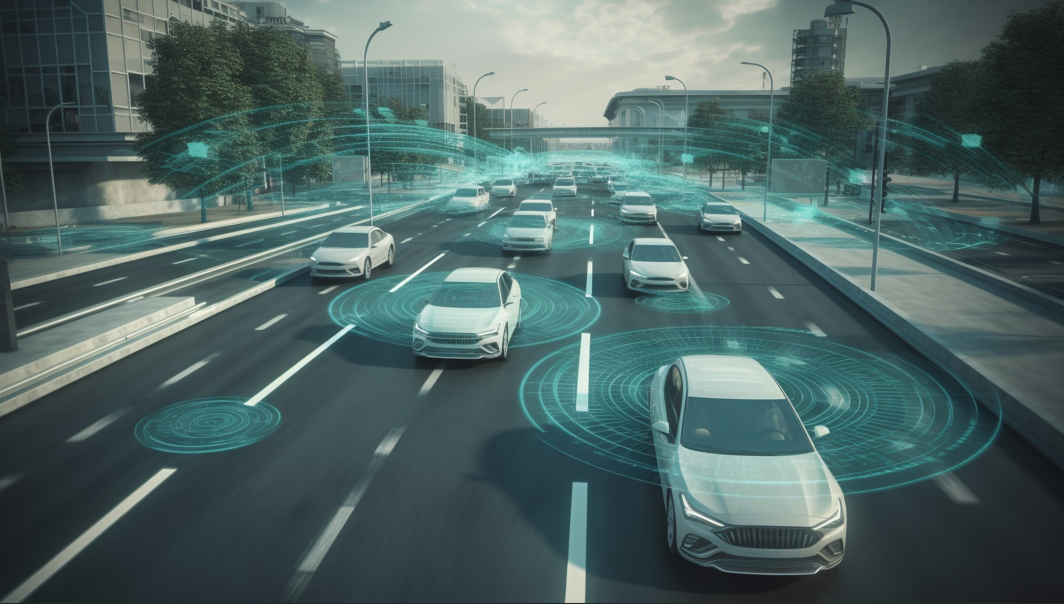Blogs
-
- BAYKAR, Air and Defense Industry
- Artificial Intelligence: Technology of the Future
- Metaverse: The New Dimension of the Digital World
- Software Development Trends in 2024
- Innovations in Healthcare Technologies: Artificial Intelligence and Robotics
- Internet of Things (IoT): From Smart Homes to Smart Cities
- Artificial Intelligence in Cybersecurity: Advantages and Risks
- Technology in Education: The Effects of Digitalization and the Future
- Notices and News

Contact Us, Let’s Build Success Together
- Home
- Company
-
Products
-
Enterprise Solutions
- The Excavation Management System
- Payment Systems
- Personnel Tracking System (PDKS)
- Animation and VR Services
- Municipal Social and Sports Facility Management System
- Barrier-Free Living Center Systems
- Kiosk Payment System
- Warehouse Inventory Tracking System
- Vocational Training Courses Automation
- Cemetery Information System
- Smart Life Applications
- İntegrated Transportation Systems
- Smart City Solutions
-
Enterprise Solutions
- Our References
- Contact
-
 English
English
User Agreement and Privacy Policy
Information Collection
Gaziantep Metropolitan Municipality fully respects your privacy and will make every effort to protect your personal information. In general, you will not be required to provide any personal information while browsing this website.
To measure the efficiency of our online presence, some pages on this website may contain cookies, which are small text files that a site transfers to a user’s (visitor’s) hard drive or browser to provide additional functionality or track site usage. Gaziantep Metropolitan Municipality may use cookies to sequentially record your IP address, identify route users interested in our site, and detect users who revisit our site, but we do not establish a link between your IP address and your personal information. If you do not wish to receive cookies or want to be notified when they are placed, you can adjust your web browser settings accordingly—if permitted.
If you voluntarily fill out registration or forms for specific purposes, providing your identity number, name, identity details, date of birth, contact information, email, requested services or information, and other similar personal information, you are deemed to have understood and accepted the processing of your personal information in accordance with the Law on the Protection of Personal Data No. 6698 and to have approved the use of your personal information for specific purposes by Gaziantep Metropolitan Municipality.
Use of Collected Information
Your personal information will only be used for specific business purposes of Gaziantep Metropolitan Municipality, such as responding to requests for certain documents and/or services, sending requested information, processing an application, or executing a transaction.
However, Gaziantep Metropolitan Municipality may provide certain parts of your personal information to legal authorities, law enforcement, and government officials if requested, and may disclose certain parts of your personal information to a very limited audience when it is reasonably necessary to protect Gaziantep Metropolitan Municipality and the public. When you provide your personal information, you are considered to have foreseen and accepted the possibility of such occurrences.
Disclosure of Your Information to Third Parties
The Gaziantep Metropolitan Municipality website contains numerous links to third-party websites or web addresses; Gaziantep Metropolitan Municipality will not disclose your personal information to such third parties and cannot be held responsible for third-party privacy policies.
Gaziantep Metropolitan Municipality may share your personal information to better fulfill requests for services. Of course, Gaziantep Metropolitan Municipality will only share your personal information with your consent.
What Are Your Rights Under the Personal Data Protection Law?
By applying to our municipality under the KVKK (Law on the Protection of Personal Data), you have the right to:
- Learn whether your personal data is being processed,
- Request information if your personal data has been processed,
- Learn the purpose of processing your personal data and whether they are used in accordance with that purpose,
- Know the third parties to whom your personal data is transferred domestically or abroad,
- Request correction of incomplete or incorrect personal data,
- Request the deletion or destruction of personal data,
- Request data portability,
- Request restriction or objection to the processing of personal data,
- Prevent or object to the processing of personal data.
1. Parties and Purpose
This User Agreement ("Agreement") is made between GBB Informatics ("Website" or "We") and the user accessing the Website ("User" or "You"). This Agreement regulates the terms and conditions of your use of the Website. By visiting or submitting a form on the Website, you agree to this Agreement.
2. Acceptance and Terms
Please read this Agreement carefully before using the Website. Accessing or submitting a form on the Website means that you accept all the terms of this Agreement. If you do not accept the terms, you should immediately stop using the Website.
3. Changes
We reserve the right to change this Agreement at any time at our sole discretion. Changes to the Agreement will be published on the Website and will be effective from the date of publication. We recommend that you regularly check the Agreement to stay informed about updates.
4. Website Terms of Use
The Website may only be used for information gathering and form submission purposes. You must not submit misleading, false, incomplete, or third-party information via forms. You must not use any malicious software, viruses, or other technological elements that may harm the Website.
5. Data Privacy and Security
Personal information submitted via the form will only be used for the purposes specified and will be protected under the Privacy Policy. We take all necessary precautions to protect your personal information from unauthorized access; however, 100% security on the internet cannot be guaranteed.
6. Intellectual Property Rights
All content, visuals, texts, and other materials on the Website belong to or are licensed by GBB Informatics. Unauthorized use is prohibited. Copying, reproducing, or distributing Website content without permission is strictly forbidden.
7. Disclaimer of Liability
The information provided on the Website is for general informational purposes only and its accuracy is not guaranteed. GBB Informatics cannot be held responsible for any damages resulting from form submissions. The Website may contain external links; the content accessed through these links is not under the control of GBB Informatics and we are not responsible for it.
8. Enforcement and Termination
This Agreement remains valid as long as you access or use the Website. GBB Informatics may terminate user access to the Website without prior notice if Agreement terms are violated.
9. Applicable Law and Jurisdiction
This Agreement is subject to and will be interpreted in accordance with the laws of the Republic of Turkey. In case of any disputes arising from this Agreement, Istanbul Courts and Execution Offices are authorized.
10. Contact
For any questions and requests, you can contact us:
Address:
GBB Bilişim, Gaziantep, Türkiye
Email: [email protected]


GBB Information Services Inc. We also offer mobile application development, web systems, tracking software and stock tracking solutions. We develop user-friendly and reliable software solutions for both the public and private sectors. We also provide standard support in the field of payment and systems tracking systems.
Hızlı Erişim
Contact
-
-
-
Çamtepe Mahallesi Mahmut Tevfik Atay Blv. Teknopark No:4/C 14 Şahinbey / GAZİANTEP
Konum
GBB Information Services Inc. © 2025 || All Rights Reserved.

 Türkçe
Türkçe